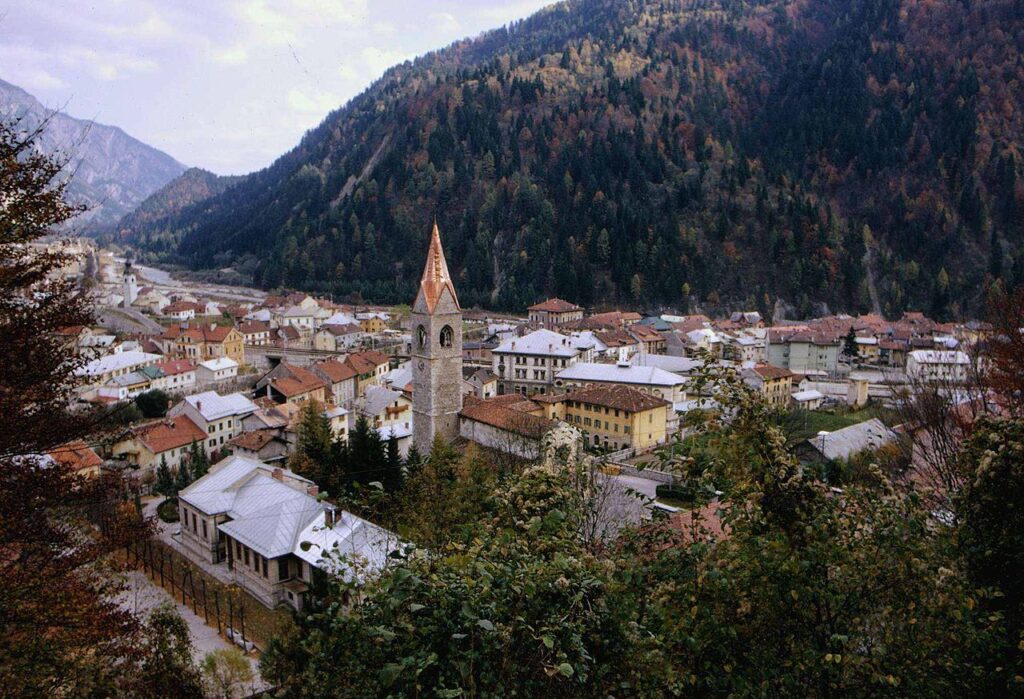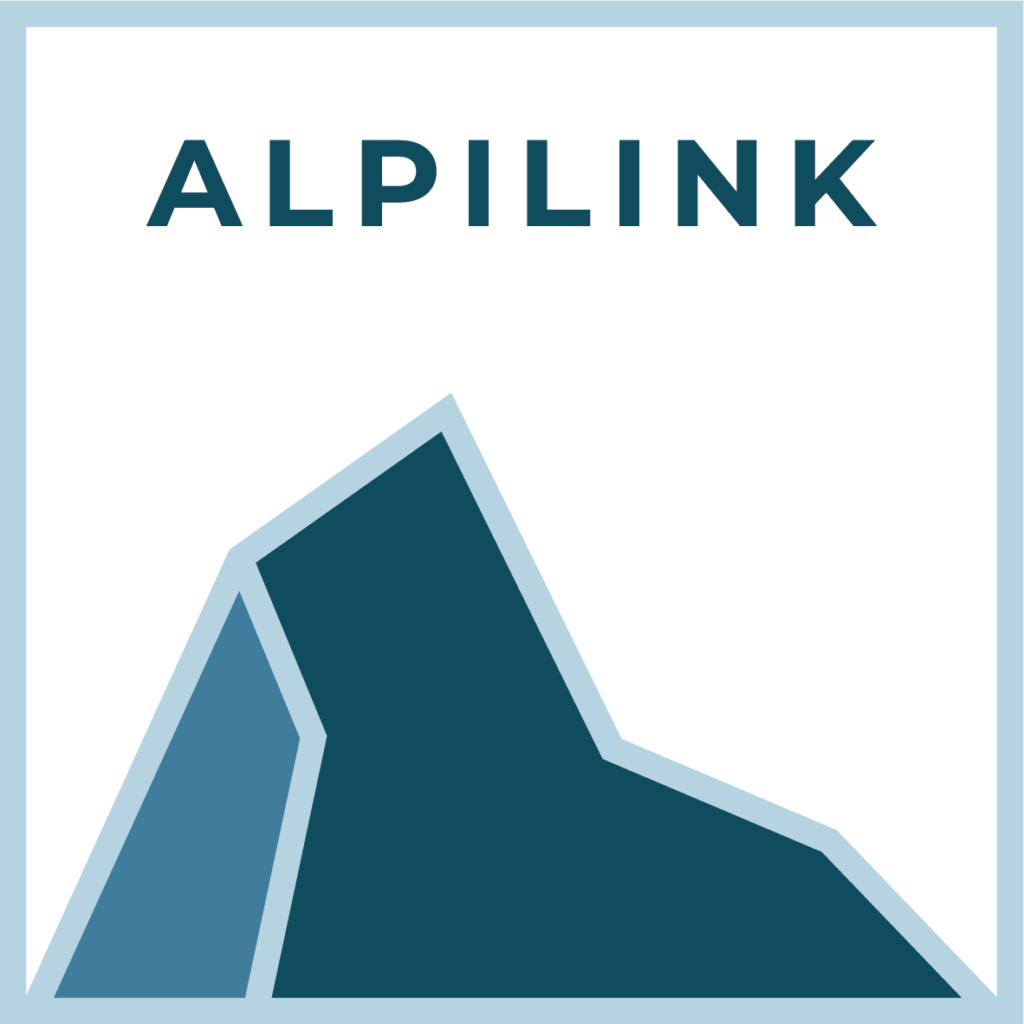Slovenian is one of the minority languages officially recognized by Italy through law 482/1999. The northernmost region in Italy where Slovenian is spoken is the Val Canale (Slovenian: Kanalska dolina), which is quadrilingual: Slovenian is part of speaker’s individual repertoires alongside German, Italian and Friulian. The indigenous Slovenian population today is a small minority, similar to the Germans in the Val Canale. Only about 300 people still use Slovenian dialects today (Hasenauer et al. 2020, p. 37), mainly in the villages of Ugovizza (Ukve) in the municipality of Malborghetto-Valbruna (Naborjet-Ovčja vas) and Camporosso (Žabnice) in the municipality of Tarvisio (Trbiž). Therefore, only these two municipalities are officially considered Slovenian-speaking (Decreto del Presidente della Repubblica, September 12, 2007). Dialect speakers are over 70 years old. In the other localities the dialect is largely abandoned, but according to Hasenauer et al. (2020, p. 31) a “symbolic ethnicity” remains, through which local traditions and customs are preserved to some extent.

Val Canale Slovenian
The local varieties of the Val Canale, from the point of view of Slovenian dialectology, belong to the Carinthian dialects (koroško narečje, cf. SLA, pp. 11-14), more specifically to the Slovenian Gail Valley dialects (ziljsko narečje) which are also present in the adjacent Austrian and Slovenian territories. For a compact description of the linguistic features of the Slovenian Gail Valley dialects see Šekli (2024, p. 223-225). During the era of communism in Yugoslavia, the residents of the Val Canale did not identify with Slovenia, but developed a “diffused ethnicity” (Hasenauer et al. 2020, p. 37), which is perhaps best expressed in their self-designation po našem, which roughly means ‘in our own way’ and closely resembles self-designations in other linguistic islands, such as as be biar ‘like us”’ of the Cimbrians. However, differently from the situation in the Resia Valley, standard Slovenian always had some functional domains, for example in the media and, since recently, also in the public school (see Šekli 2024, p. 227).
References
- Hasenauer, Leonie, Peter Čede, Igor Jelen & Ernst Steinicke (2020): La “piccola Europa” sulle Alpi orientali sta per scomparire? La Valcanale (Friuli) nella tarda età moderna. In: AGEI – Geotema, Supplemento, 29–44.
- Šekli, Matej (2024): Lo sloveno. In: Linguistik online 130/6, 211-233.
Further reading
- SLA = Škofic, Jožica (eds.). 2011. Slovenski lingvistični atlas 1: Človek (telo, bolezni, družina). Ljubljana: Založba ZRC.
